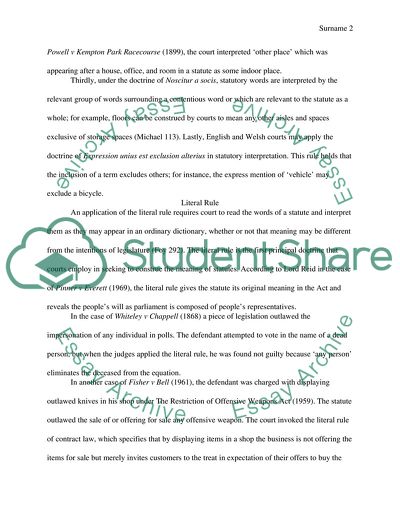Cite this document
(“Business Law: Courts in England and Wales Essay”, n.d.)
Business Law: Courts in England and Wales Essay. Retrieved from https://studentshare.org/law/1627829-business-law-courts-in-england-and-wales
Business Law: Courts in England and Wales Essay. Retrieved from https://studentshare.org/law/1627829-business-law-courts-in-england-and-wales
(Business Law: Courts in England and Wales Essay)
Business Law: Courts in England and Wales Essay. https://studentshare.org/law/1627829-business-law-courts-in-england-and-wales.
Business Law: Courts in England and Wales Essay. https://studentshare.org/law/1627829-business-law-courts-in-england-and-wales.
“Business Law: Courts in England and Wales Essay”, n.d. https://studentshare.org/law/1627829-business-law-courts-in-england-and-wales.


